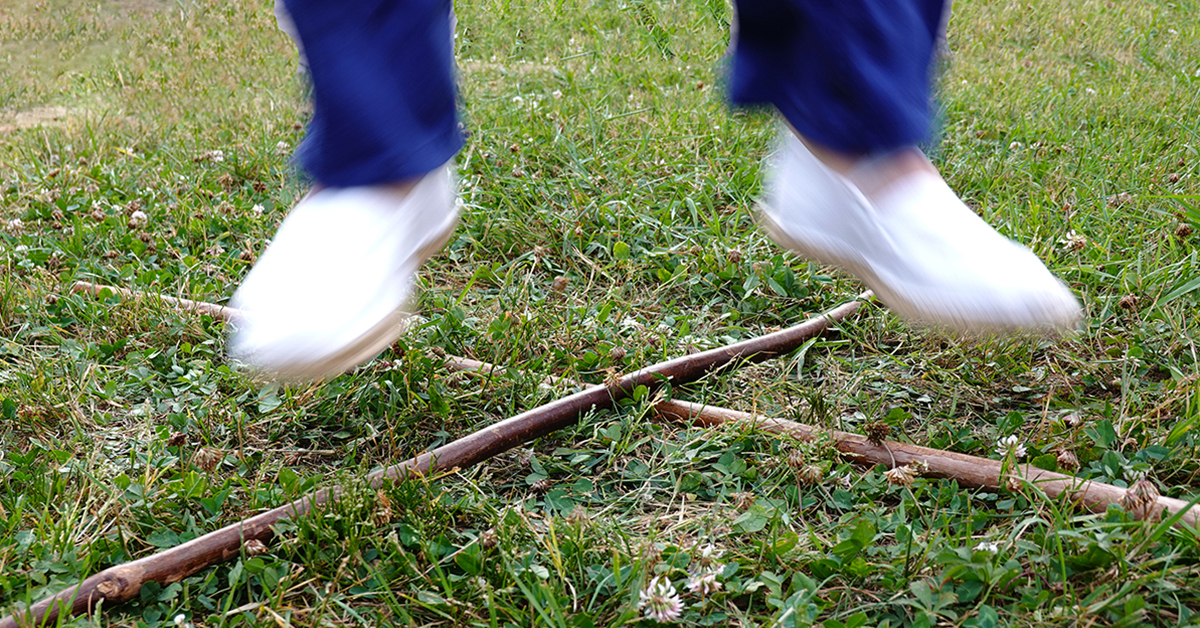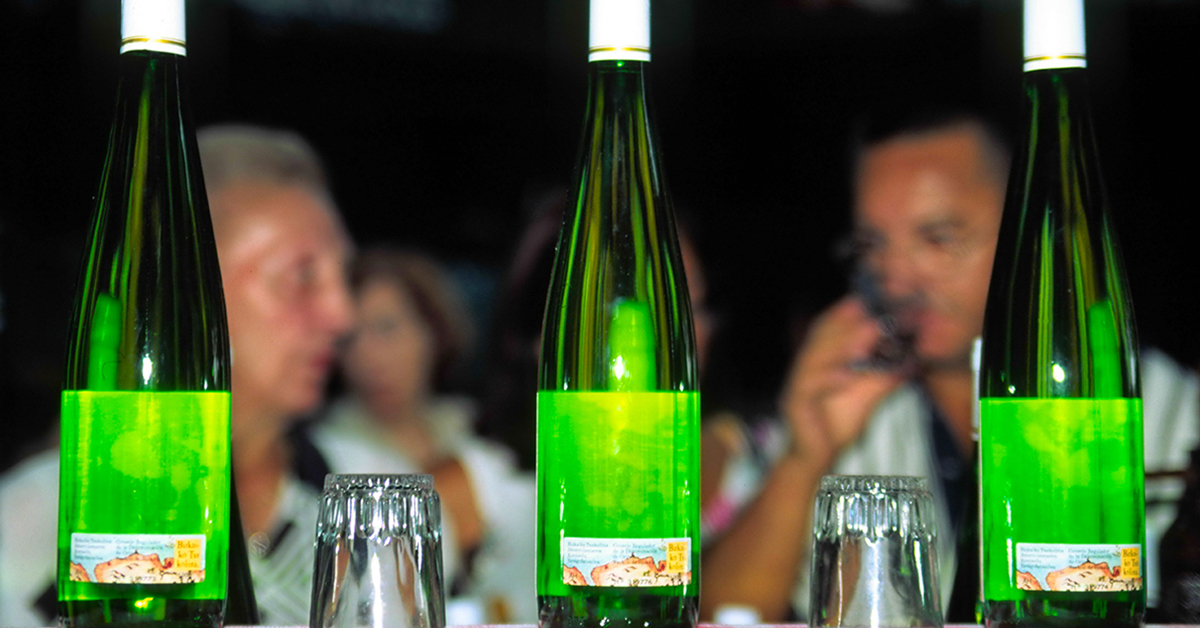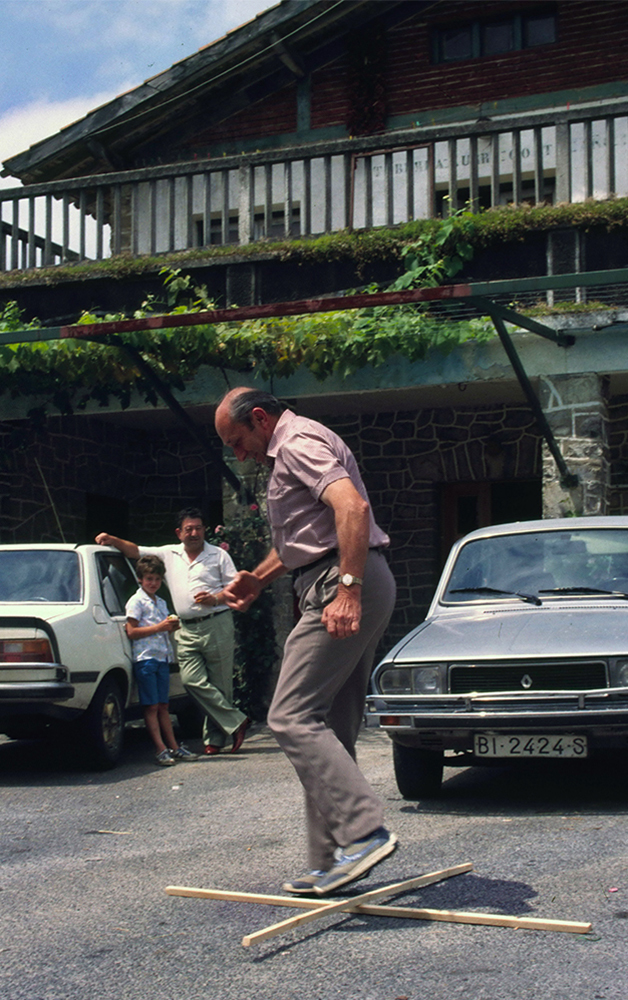Basque ethnography at a glance
Txakolin(a) or Txakoli is the name of a wine traditionally made in part of the north of Spain and which has had denomination of origin status in Euskal Herria for some time now.
In the social and cultural arena, it is the name for a venue (building, commercial premises, etc.) where that drink could be enjoyed and was sold.
However, it is little known that it is also the name of the dance, performed throughout Bizkaia, Gipuzkoa and, to a lesser extent, Araba, with variations in choreography, melody and lyrics.
R. Mª de Azkue included more than one version and he complied dozens in his field work (1), nearly all of which had the main verse in common:
“Txakolin, txakolin,
txakoliñek on egin,
txakoliñek emongotso
Maritxuri zer egin.”
That mix of a dance and a game of skill would be performed by youths and adults ― nearly always men ―, singing the lyrics, to liven up their leisure time in the tavern or to bet on who would be the fastest person to do so. A jug of wine or txakolin would be the prize. The dance would also be performed in the square as an exhibition.
The dance groups gradually added it to their repertoires and have passed the baton on to children in some gatherings, or displays.
Choreography is very simple, but that does not mean it is easy, particularly when the skills are performed at speed. Two sticks, brushes, iron rods, belts or other similar items are placed in a cross (or x-shaped cross) on the ground. To the beat of the txistu flute and/or people signing, the dancer has to leap into the air and down, preferably, with their feet parallel, without touching or moving those items. I remember watching a Gorbeia shepherd, originally from Zeanuri, dance a Txakolin over and over again as he clearly tried to get it right. He was going at lighting speed, but all he managed was to keep moving the sticks. At the same time, he sang several times: “Txako ta txako, txako ta txako, txako ta txako, txako ta txako, txako ta txako, txakolin, txakolin, txakoliñak on egin”.
The context of the dance should be mentioned. Its practice was so diffuse that it was surrounded by a cloud of taboo, as if it were something banned or, at least, unorthodox in private and closed spaces.
This type of dance is not exclusive to the aforementioned area: there is a Makila Dantza, jumping over crossed sticks on the floor in Zuberoa. The Sword Dance is danced over two crossed swords in Scotland and Ireland. There is the Ball de bastons or Ball de l’Heure Riera in Catalonia. The Tikku Tanssi in Finland. And we have also seen people making moves over sticks placed on the ground in Brazil.
However, it should be noted that the social context is not the same in all of them. The Txakolin or Txakolin Dantza is thus unique in the past and also in the present.
Emilio Xabier Dueñas – Folklorist and ethnographer
(1) Dueñas, E. X. Danzas-juego de Bizkaia. Unpublished, 1987.




